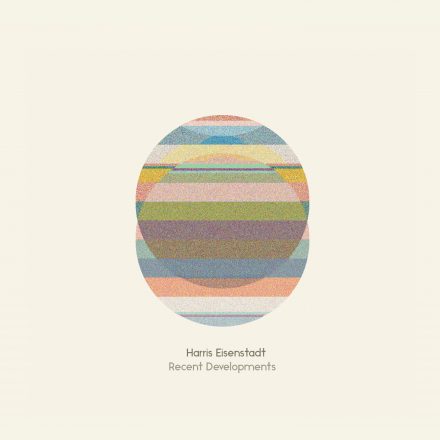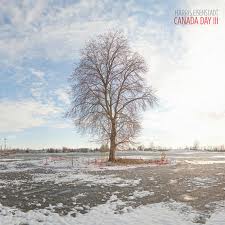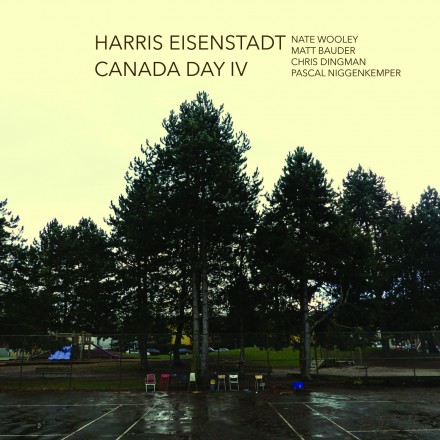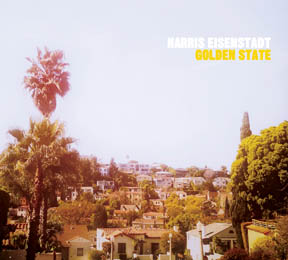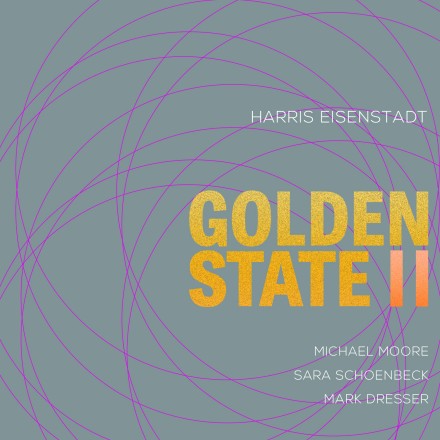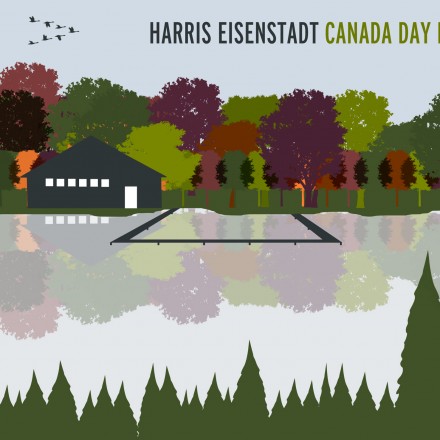Harris Eisenstadt
Recent Developments
SGL 1620-2“…an outstanding voice in the new jazz, a formidable talent that needs to be heard.”
– Grego Edwards, Gapplegate Music Review
Recent Developments is the latest project from New York composer, percussionist, and bandleader Harris Eisenstadt, his 20th release as a bandleader. His five previous Songlines recordings have been by the 4-5 person groups Canada Day and Golden State. His new nonet, which includes many of Brooklyn’s most esteemed creative musicians, is the fifth installment of music for medium-sized ensembles, following Fight or Fight (2003), The All Seeing Eye + Octets (2006), Woodblock Prints (2010), and Canada Day Octet (2012). As Harris explains: “Each were explorations in long-form composition and unusual instrumentation. And each walked the line between small group conception and large ensemble ambition. Medium-sized ensembles present unique sets of compositional problems. They contain many more voices than a small group has to account for. But at the same time, you are not quite dealing in big, heaving blocks of sound…Writing for a medium-sized ensemble is, in miniature, something like writing for chamber orchestra. Textures can be massed, but they can just as easily be quite thin. I wanted to explore all of the weights available in Recent Developments, and discovered again that the heaviest weight in a medium-sized group still has a sheerness, a level of exposed-ness, that is neither large nor small.”
Eisenstadt sketched all the music on a transatlantic flight home to Brooklyn at the end of a tour. “Most of the melodic and rhythmic material came rushing out in those nine hours. [But] it took a couple months [spent] mainly revising the counterpoint…to try and balance the orchestrations, to spread the materials throughout the group to exploit as many instrumental textures as I could… The wide range of timbral combinations is at the heart of the recording, and is reflected in the color scheme and shape of David Foarde’s beautiful cover design.” The form of the suite is divided into fourteen parts: six ensemble sections and eight discreet transitional sections in which snapshots of the material from the ensemble sections are re-imagined and interpreted freely in sub-ensembles of varied instrumentation that were chosen on the day of the recording.
During the revision process Harris drew on such diverse influences as Jane Jacobs’ The Death and Life of Great American Cities, David Chase’s The Sopranos, and Beni Ourain-style rug weaving of the Berbers from the Atlas mountains of Morocco: “I thought a lot about Jacobs’ still-prescient views of what was happening to New York City in the mid-20th century, as mixed-use, mixed-income, mixed-ethnicity neighborhoods were razed and low-income housing projects became ubiquitous. The music takes inspiration from Jacobs’ ideas of community, [offering] a variety of musical/emotional settings that reflect the many ways in which communities interact; not only in varying numbers, but in interactions of varied emotional tenor… Earlier this year I discovered Beni Ourain-style rugs and fell in love with their instantly-identifiable aesthetic…No two rugs are the same; each design embraces abstraction alongside lyricism, simplicity and minimalism alongside textural complexity, and are often woven by mother and daughter together. They are each examples of communal creation, improvisational whimsy, and refined detail.”
Musical influences involve the mid-sized ensemble compositional strategies of Henry Threadgill, Dave Douglas, and John Zorn. “I started working with Zorn this past year, playing ten tunes of his new Bagatelles book (of 300 tunes!) with Chris Dingman and Eivind Opsvik. It’s been inspiring to witness first-hand not only how prolific he is, but also his microscopic attention to detail. The Bagatelles are miniatures, yet they contain multitudes. Even though Recent Developments is long-form rather than short form, I wanted to honor that attention to detail in my revisions. I wanted to treat every line, whether main melody, counterpoint, rhythmic/harmonic underpinning, with the same meticulousness… I’ve always admired [Douglas’s] prolific output and his attention to lyricism…Threadgill remains a central source of inspiration as a composer, arranger, bandleader. His aggregates of unusual instrumentation and their rhythmic vitality continue to astonish.”
If this all sounds pretty serious, the music as performed certainly has its beguiling idiosyncrasies that allow for a variety of responses: “This music, though narrative-based, claims, through abstraction or subversion of expectations, no ‘program note’ of intent. One listener’s deadpan is another’s lightly ironic is another’s dispassionate is another’s emotionally charged.”
